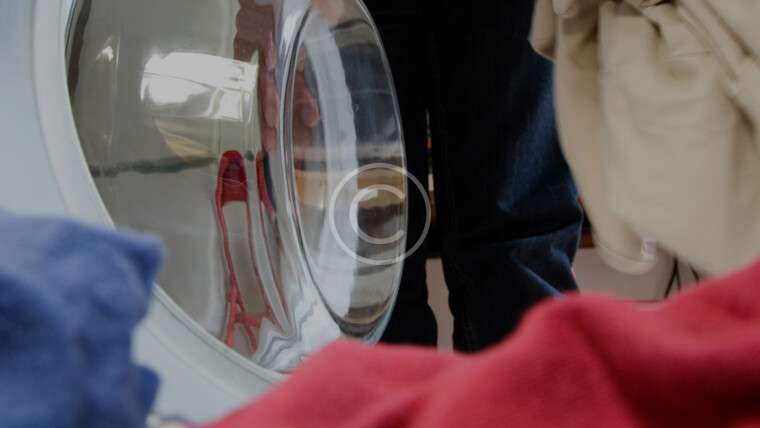Chapter 6 Article: Change for Life/Cambia tu vida: A Health Promotion Program Based on the Stages of Change Model for African Descendent and Latino Adults in New Hampshire
In 4-12 sentences, answer the following questions: APA
Provide In-text cited examples from the above-assigned article. There are no addition resources required for this assignment.
- How was the stages of change model adapted in this program and why?
- Which, if any, of these adaptations did you identify as something that would be helpful in moving you through the stages of change?
- Why were program participants at different stages of change in the same class sessions and how does this support one of the adaptations made to the model?
- What was done to provide support to the participants to maintain the changes made?
Chapter 6 Article: Change for Life/Cambia tu vida: A Health Promotion Program Based on the Stages of Change Model for African Descendent and Latino Adults in New Hampshire
In 4-12 sentences, answer the following questions:
Provide In-text cited examples from the above-assigned article. There are no addition resources required for this assignment.
- How was the stages of change model adapted in this program and why?
- Which, if any, of these adaptations did you identify as something that would be helpful in moving you through the stages of change?
- Why were program participants at different stages of change in the same class sessions and how does this support one of the adaptations made to the model?
- What was done to provide support to the participants to maintain the changes made?
Chapter 6 Article: Change for Life/Cambia tu vida: A Health Promotion Program Based on the Stages of Change Model for African Descendent and Latino Adults in New Hampshire
In 4-12 sentences, answer the following questions:
Provide In-text cited examples from the above-assigned article. There are no addition resources required for this assignment.
- How was the stages of change model adapted in this program and why?
- Which if any of these adaptations did you identify as something that would be helpful in moving you through the stages of change?
- Why were program participants at different stages of change in the same class sessions and how does this support one of the adaptations made to the model?
- What was done to provide support to the participants to maintain the changes made?



